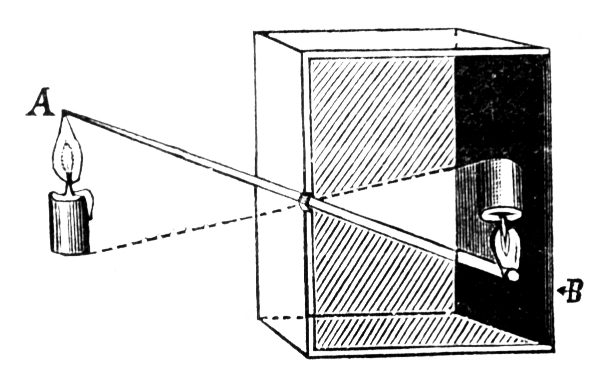The Kodak Brownie was a highly popularised low cost camera,
and was the first camera to introduce the idea of a snapshot. It was named “Brownie”
because it was a brown leatherette covered cardboard box with a wooden film
carrier. The Brownie was produced cheaply
so that anyone could afford to own one, and it was also very simple and easy
for even a novice photographer to use. It used to cost only $2.00 for the
camera, film and to get the film processed once the pictures had been taken
Pros:
-
Cheap
-
Easy to use
-
Film was easily accessible
Cons:
-
It was quite a large box









